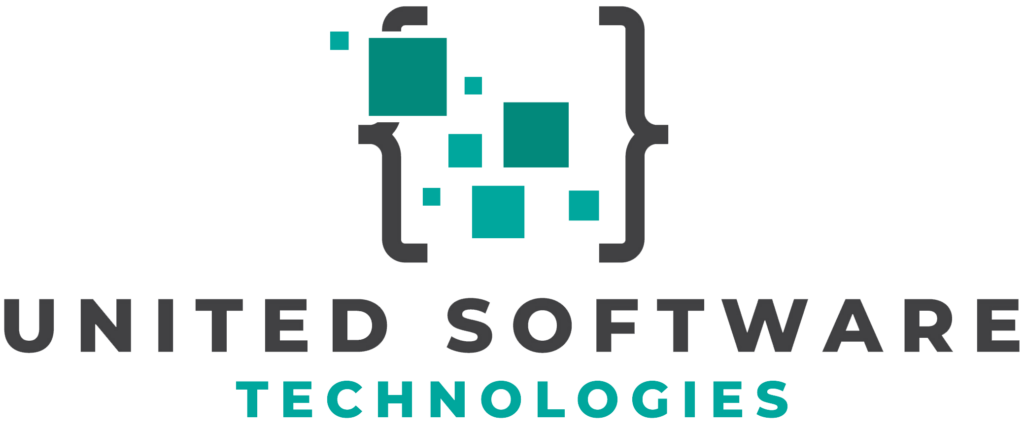Unlock the Power of Full Stack Website Development with JavaScript and HTML
Introduction to Full Stack Website Development
In today’s digital world, having a strong online presence is essential for businesses and individuals alike. One of the most effective ways to achieve this is through full stack website development. This approach involves working with both front-end (client-side) and back-end (server-side) technologies, allowing developers to create powerful, dynamic websites that can handle complex tasks and deliver an engaging user experience.
In this blog post, we will explore how you can unlock the power of full stack website development using JavaScript and HTML. We’ll discuss the benefits of adopting a full-stack approach, delve into the key technologies involved in building modern websites, and provide some tips on getting started with your own projects.
The Benefits of Full Stack Website Development
Before diving into the technical aspects of full stack website development, it’s important to understand why this approach has become so popular among developers and businesses alike. Here are some key benefits:
1. Greater Flexibility: By mastering both front-end and back-end technologies, full-stack developers have a comprehensive understanding of how all parts of a website work together. This allows them to make informed decisions about which tools and techniques are best suited for each project.
2. Faster Development: With a solid grasp on multiple programming languages and frameworks, full-stack developers can quickly switch between different tasks without needing to rely on other team members or external resources.
3. Cost-Effective Solutions: Hiring one skilled developer who can handle both front-end and back-end tasks is often more cost-effective than employing separate specialists for each area.
4. Better Collaboration: A deep understanding of all aspects of web development enables full-stack developers to communicate effectively with designers, marketers, product managers, and other stakeholders throughout the project lifecycle.
5. Easier Maintenance: By being familiar with the entire codebase, full-stack developers can more easily identify and fix issues that may arise during website maintenance.
Key Technologies in Full Stack Website Development
To become a successful full-stack developer, you’ll need to master several key technologies. While there are many different tools and frameworks available, JavaScript and HTML form the foundation of modern web development.
JavaScript: As one of the most popular programming languages in the world, JavaScript is essential for creating interactive websites. It allows developers to add dynamic content, handle user input, manipulate the DOM (Document Object Model), and communicate with back-end servers using AJAX (Asynchronous JavaScript and XML) or Fetch API.
In addition to vanilla JavaScript, there are numerous libraries and frameworks designed to streamline development tasks. Some popular options include:
– jQuery: A widely-used library that simplifies DOM manipulation, event handling, animations, and AJAX requests.
– React: A powerful front-end library developed by Facebook for building user interfaces using reusable components.
– Angular: A comprehensive framework backed by Google that provides a complete solution for building complex web applications.
– Vue.js: A lightweight yet versatile framework focused on simplicity and ease-of-use.
HTML: Short for HyperText Markup Language, HTML is used to structure content on the web. It consists of various elements (tags) that define how text should be displayed, images inserted, links created, etc. HTML5 is the latest version of the language, introducing new features such as semantic tags, multimedia support, and form enhancements.
While HTML is primarily concerned with content structure, it’s often used in conjunction with CSS (Cascading Style Sheets) to control the appearance of web pages. By separating content from presentation, developers can create more maintainable and accessible websites.
Back-End Technologies for Full Stack Development
In addition to mastering JavaScript and HTML, full-stack developers also need to be proficient in back-end technologies that handle server-side tasks. These may include:
– Server-Side Programming Languages: Popular options include Node.js (which allows you to use JavaScript on the server), PHP, Ruby, Python, and Java.
– Databases: To store and manage data for your website or application, you’ll need a database system such as MySQL, PostgreSQL, MongoDB or Firebase.
– Web Servers: Apache and Nginx are two popular web servers that handle incoming HTTP requests and serve static files.
– APIs: Application Programming Interfaces allow different software applications to communicate with each other. As a full-stack developer, you may need to work with third-party APIs or create your own using RESTful principles.
Tips for Getting Started with Full Stack Website Development
If you’re interested in pursuing a career in full stack website development or simply want to enhance your existing skillset, here are some tips on getting started:
1. Learn the Basics: Begin by familiarizing yourself with HTML5 and CSS3 before moving onto JavaScript. There are many online resources available for learning these core technologies – check out sites like W3Schools, Mozilla Developer Network, and freeCodeCamp for tutorials and guides.
2. Practice, Practice, Practice: The more you code, the better you’ll become. Start by building simple websites or applications to hone your skills before tackling more complex projects.
3. Explore Different Tools and Frameworks: As mentioned earlier, there are numerous libraries and frameworks available that can streamline your development process. Experiment with different options to find the ones that best suit your needs and preferences.
4. Stay Up-to-Date: Web development is a constantly evolving field, so it’s essential to stay informed about new technologies, trends, and best practices. Follow industry blogs, attend conferences or meetups, and participate in online forums to keep your knowledge current.
5. Build a Portfolio: Showcasing your work is crucial for attracting clients or landing a job as a full-stack developer. Create an online portfolio featuring examples of your projects along with descriptions of the technologies used and any challenges overcome during development.
Conclusion
Full stack website development offers numerous benefits for both developers and businesses alike – from greater flexibility to cost-effective solutions. By mastering JavaScript, HTML, CSS, server-side programming languages like Node.js or PHP (among others), databases such as MySQL or MongoDB (to name just two), web servers like Apache or Nginx (and many other tools), you can unlock the power of full stack website development.
Whether you’re looking to advance your career in web development or simply want to create powerful websites for personal use, learning these key technologies will provide you with the foundation needed for success in this exciting field.

